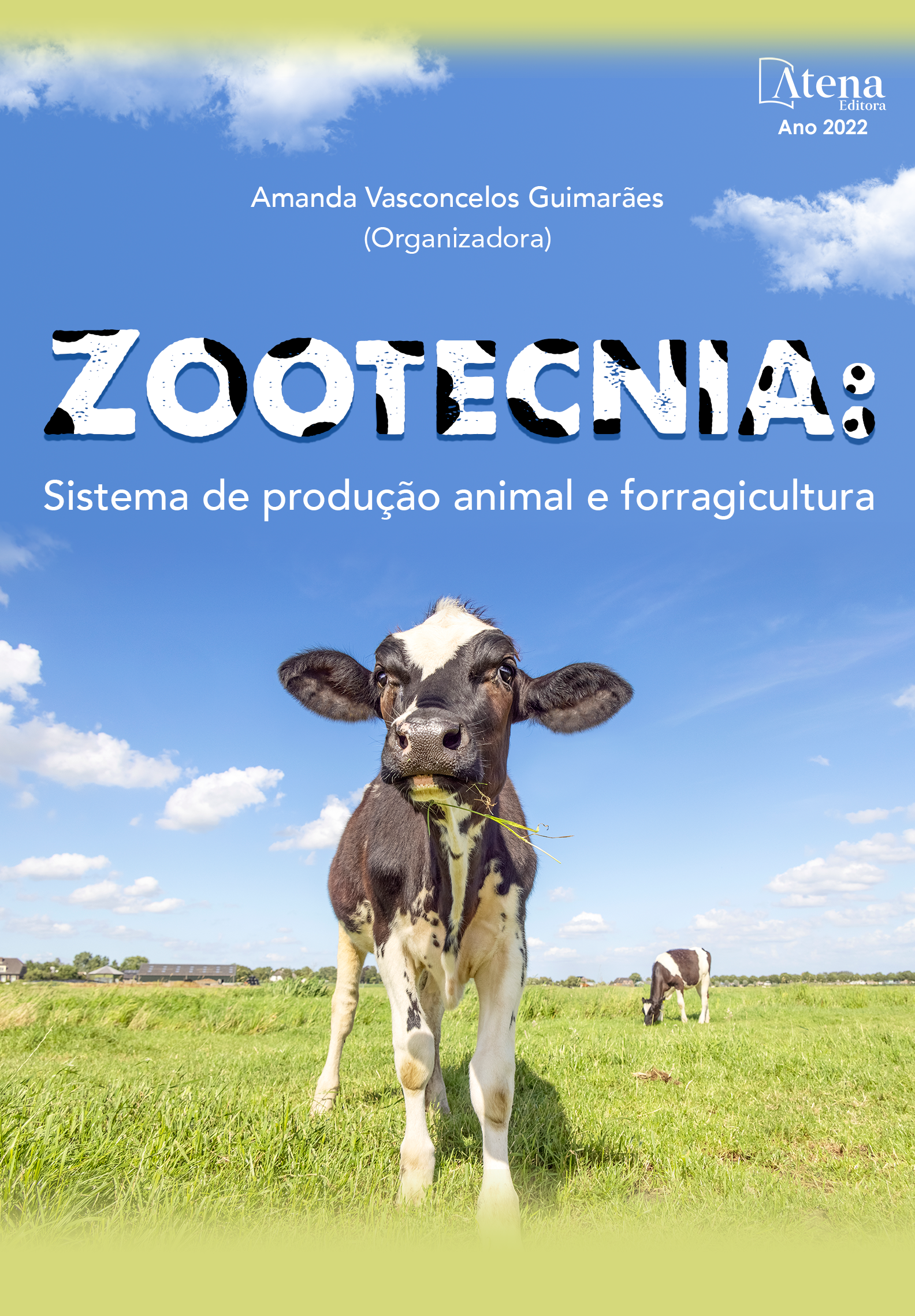
INTEGRAÇÃO LAVOURA-PECUÁRIA COMO ESTRATÉGIA PARA RECUPERAÇÃO E RENOVAÇÃO DE ÁREAS DE PASTAGEM DEGRADADA
No Brasil, cerca de 70% das pastagens encontram-
se degradadas ou em processo de degradação. Nesse
contexto, a integração lavoura-pecuária (ILP), ao
promover a integração entre atividades agrícolas e
pecuárias, pode produzir diversos benefícios ao
ecossistema por meio da consorciação entre culturas
graníferas e forrageiras, através da sucessão de
forrageiras e culturas anuais, da rotação de culturas com
pastagens, ou ainda promovendo a recuperação ou a
renovação dessas áreas. A ILP propicia melhorias de ordem
biológica, como a menor incidência de fitopatologias e
maior atividade da microbiota do solo, trazendo
benefícios para a fertilidade do solo, uma vez que os
fertilizantes são utilizados de maneira mais eficientes,
bem como, favorecendo a ciclagem de nutrientes. A
cobertura do solo promovida pela pastagem facilita o
plantio direto e reduz a incidência de plantas daninhas,
reduzindo a competição e favorecendo o desenvolvimento da
cultura. Custódio, Pasqualeto e Oliveira (2003)
observaram aumento de ±40% no peso da espiga com sabugo
no sistema de plantio direto quando comparado aos
sistemas de produção convencional e barreirão, o que
demostra que através da ILP torna-se possível obter maior
lucratividade na atividade agropecuária, principalmente
devido à redução no custo de produção.
INTEGRAÇÃO LAVOURA-PECUÁRIA COMO ESTRATÉGIA PARA RECUPERAÇÃO E RENOVAÇÃO DE ÁREAS DE PASTAGEM DEGRADADA
-
DOI: 10.22533/at.ed.3602222026
-
Palavras-chave: manejo de áreas integradas, produção de forragem, sistema agropastoril, sustentabilidade.
-
Keywords: agropastoral systems, forage production, integrated land management, sustainability.
-
Abstract:
In Brazil, around 70% of pasture are degraded
or in the process of degradation. In this context, the
integrated crop-livestock systems (ICLS), by promoting
the integration between agricultural and livestock
activities, can produce several benefits to the ecosystem
through the intercropping between grain and forage crops,
through the succession of forage and annual crops,
rotation of crops with pastures, or even promoting the
recovery or renewal of this areas. The ICLS provides
biological improvements, such as lower incidence of
phytopathologies and greater soil microbiota activity,
also bringing benefits to soil fertility, since
fertilizers are used more efficiently, favoring cycling
of nutrients. Soil coverage promoted by pasture for
direct planting and reduces the incidence of weeds,
reducing competition and favoring crop development.
Custódio, Pasqualeto and Oliveira (2003) observed an
increase of ±40% in the weight of ear with cob in the
no-tillage system when compared to conventional and
"barreirão” production systems, which shows that through
ICLS it is possible to obtain greater profitability in
the agricultural activity, mainly due to the reduction in
production cost. -
Número de páginas: 16
- Albert José dos Anjos
- Danielle Nascimento Coutinho
- Carolina de Paula Pires
- Rafael Lelis de Freitas
- Haviner Paixão de Sena
- Alberto Jefferson da Silva Macedo


